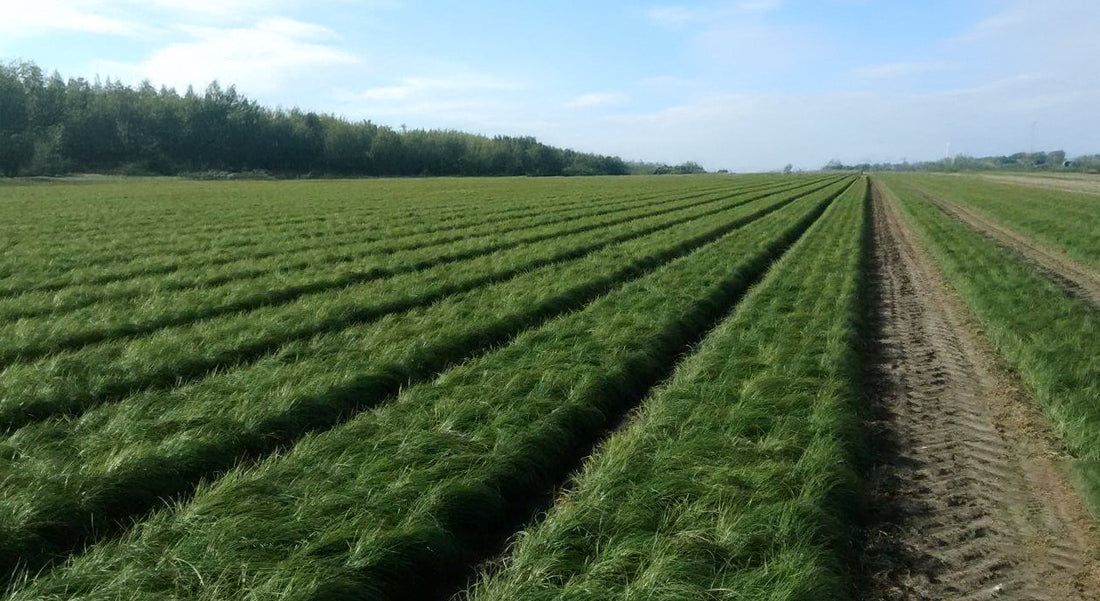
The vegetative stage in saffron farming
Share
The vegetative stage of saffron cultivation, spanning from December through March, may not be the most visually exciting time in the field—but it's one of the most critical. While much of the natural world lies dormant in winter, saffron (Crocus sativus) is hard at work beneath the surface.
During these months, the saffron plant channels energy into building the foundation for next year’s bloom. In this article, we’ll explore what really happens during the vegetative stage, why it matters, and how farmers can support healthy saffron corm development.
What is the vegetative stage of saffron?
The vegetative stage refers to the period after flowering when saffron leaves remain green and active, usually from late fall through early spring. This stage is dedicated to photosynthesis and underground growth.
While no flowers are produced during this time, the plant’s slender green leaves continue to absorb sunlight and generate energy. That energy is channeled underground—into the development of secondary corms.
Corm growth: building the future crop
Perhaps the most important process during this stage is the formation of secondary corms. These are the baby corms that will become the primary producers of saffron in the following season.
Here's what happens underground:
- The parent corm, located at the base of the plant, continues to nourish the plant while slowly depleting its own resources;
- Around it, new cormlets—the next generation—begin to form;
- These secondary corms absorb the energy generated from the leaves above and gradually increase in size and strength.
By the end of the vegetative stage, the parent corm dies off, but in its place is a healthy cluster of new corms, ready to carry the crop forward.
Why the vegetative stage is vital in saffron cultivation
Although it may seem like an “in-between” phase, the vegetative stage is essential for several reasons:
- Photosynthesis: Active green leaves keep producing energy even in cold weather;
- Corm development: The energy fuels the growth of new corms, which determines future yield;
- Plant health: A strong vegetative stage lays the groundwork for larger, healthier blooms the following year;
- Soil nutrition: Saffron growers may use this time to apply compost or organic fertilizers to support underground growth.
How to support the vegetative stage in saffron farming
To ensure optimal corm formation and leaf health, saffron farmers should take a few key steps during this stage:
1. Monitor Leaf Health
Healthy leaves = strong corms. Watch for signs of yellowing, fungal disease, or stress. If needed, apply natural antifungals or adjust irrigation.
2. Maintain Light Irrigation
Depending on climate, light watering may help keep the soil moist without waterlogging. Avoid over-irrigation, which can cause rot.
3. Apply Organic Fertilizer
Late winter is a good time to top-dress with compost or organic nutrients to support final corm development before dormancy begins in spring.
4. Minimize Soil Disturbance
Leave the beds undisturbed during this period to protect growing corms and allow the root zone to expand naturally.
What comes next?
As spring approaches, the vegetative stage ends and the leaves naturally begin to yellow and die back. This signals the beginning of the corm development phase—when the plant prepares for dormancy.
While above-ground growth fades, the work done during the vegetative stage determines the size, health, and number of corms available for the next planting and flowering season.
